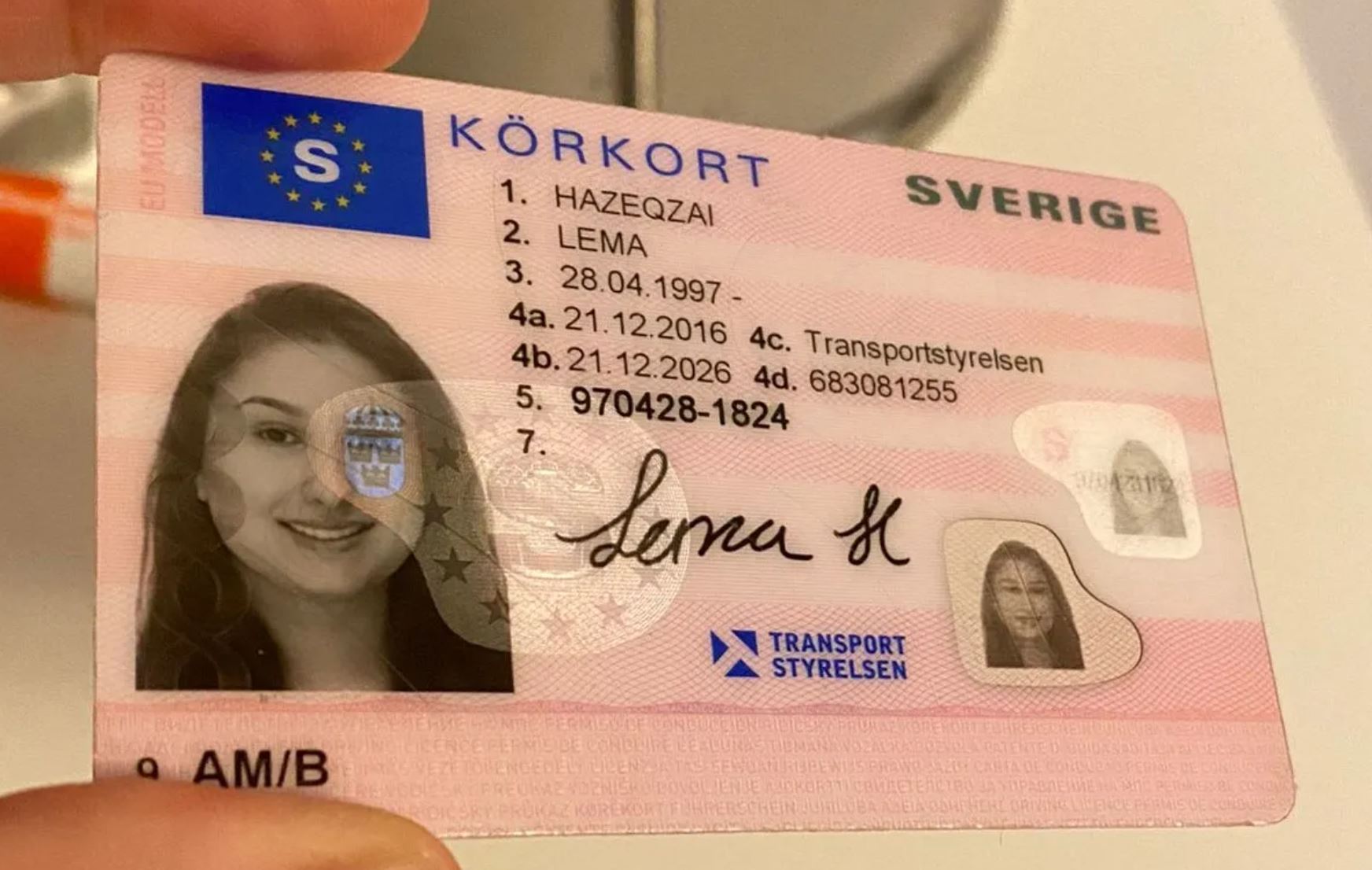The Leading Reasons Why People Perform Well In The Driving License Id-…
본문
Navigating the New Landscape of Driving License ID Handling in 2025
In every society, the driving license acts as a crucial file, not simply as a proof of the ability to run a vehicle however also as a recognition tool. As we step into 2025, significant changes have actually emerged relating to the handling and management of driving licenses, mostly affected by advances in technology, developing regulations, and the requirement for boosted security measures. This article intends to deliver an extensive overview of driving license ID managing in 2025, clarifying the technologies involved, the upcoming legal improvements, and providing answers to typical inquiries.

The Transition to Digital Driving Licenses
Among the most notable transformations in driving license ID handling is the extensive adoption of digital driving licenses. These digital licenses are kept electronically on smart devices, offering multiple benefits to both chauffeurs and authorities. In the United States, for instance, numerous states have actually begun executing digital driver's licenses, while nations such as Canada and the UK are anticipated to do the same quickly.
Secret Benefits of Digital Driving Licenses
- Convenience: Easily available on mobile phones, removing the need to carry physical copies.
- Boosted Security: Incorporating biometric functions and file encryption helps to fight identity theft and scams.
- Real-time Updates: Immediate updates to personal details, such as modifications in address or status, improve precision.
Difficulties and Concerns
Despite the benefits, the transition to digital licenses presents challenges, including issues about privacy, cybersecurity threats, and the digital divide impacting those without access to mobile phones or the web.
Changes in Regulatory Framework
As we head into 2025, numerous guidelines surrounding driving licenses have come under scrutiny and change. Federal governments and regulative bodies are concentrating on ensuring that driving licenses are protected, legitimate, and released in compliance with established laws.
Key Legislative Trends
Standardized ID Formats: Countries are moving towards a standardized format for driving licenses to improve recognition and improve security.
Increased Verification Procedures: Authorities are now utilizing advanced approaches such as facial recognition and AI to boost verification procedures at checkpoints.
Focus on Sustainability: With growing ecological issues, many states are choosing environment-friendly products for physical licenses and exploring robust digital options.
Age and Identity Verification: Enhanced measures are being put in place to properly confirm the age and identity of motorists, specifically in contexts where age-related laws apply to driving.
The Global Perspective: State-By-State Comparison
| Country | Digital License Implementation | Existing Regulations | Noteworthy Features |
|---|---|---|---|
| United States | A number of states in development | Differs by state, efforts to combine formats | QR codes for easy recognition |
| Canada | In pilot phases | Standardized recognition throughout provinces | Combination with health IDs |
| UK | Early adoption phase | Focus on Referensnummer KöRkort Online renewal and info updates | Digital verification via the app |
| Australia | Under factor to consider | Increasingly stringent identification protocols | Focus on scams prevention |
The Role of Technology in ID Handling
Innovation is revolutionizing how driving licenses are handled. AI, blockchain, and biometrics are ending up being important to driving license issuance and confirmation.
Developments Shaping the Future
Expert system: AI algorithms are now made use of for recognizing patterns in driving behaviors, which can inform insurance premiums and legal ramifications.
Blockchain Technology: Ensuring the integrity and authenticity of driving license data, blockchain innovation enables safe sharing of information between authorities without worry of tampering.
Biometrics: Increasingly, biometric systems are implemented at the point of issuance and verification, such as facial recognition and fingerprint scanners, to ensure safe identity confirmation.
Prospective Impacts of Emerging Technologies
The application of these innovations can lead to improved dependability and security of driving IDs, but it raises questions about data personal privacy and user consent.
Regularly Asked Questions (FAQs)
1. What should I do if my digital driving license is lost or taken?
You ought to right away report the loss or theft to your regional automobile company. Many digital licenses have integrated functions to disable access from another location.
2. Are digital driving licenses accepted all over?
As of 2025, approval of digital licenses varies by region. It's recommended to bring both digital and physical copies when taking a trip across state or nationwide borders.
3. Can I update my details on a digital driving license?
Yes, updates can often be made through the associated mobile application or site of the releasing authority.
4. What are the security procedures for digital licenses?
Digital licenses generally incorporate functions such as encryption, two-factor authentication, and biometric verification to enhance security.

5. How will standard driving licenses be impacted?
The move towards digital licenses might lower the issuance of physical licenses, but they will still be available for those unable to access digital choices.
As we advance into a brand-new period in 2025, the handling of driving licenses is enhancing to satisfy the demands of modern society. Through technological improvements and regulative reforms, people can anticipate a more safe, efficient, and streamlined process for obtaining and managing their driving licenses. However, as digital options proliferate, it stays important to address obstacles relating to personal privacy, security, and accessibility, guaranteeing fair road access for all chauffeurs while protecting personal info. As governments around the world continue to adapt to these modifications, the future of driving license ID handling is set to be both dynamic and transformative.

댓글목록0
댓글 포인트 안내